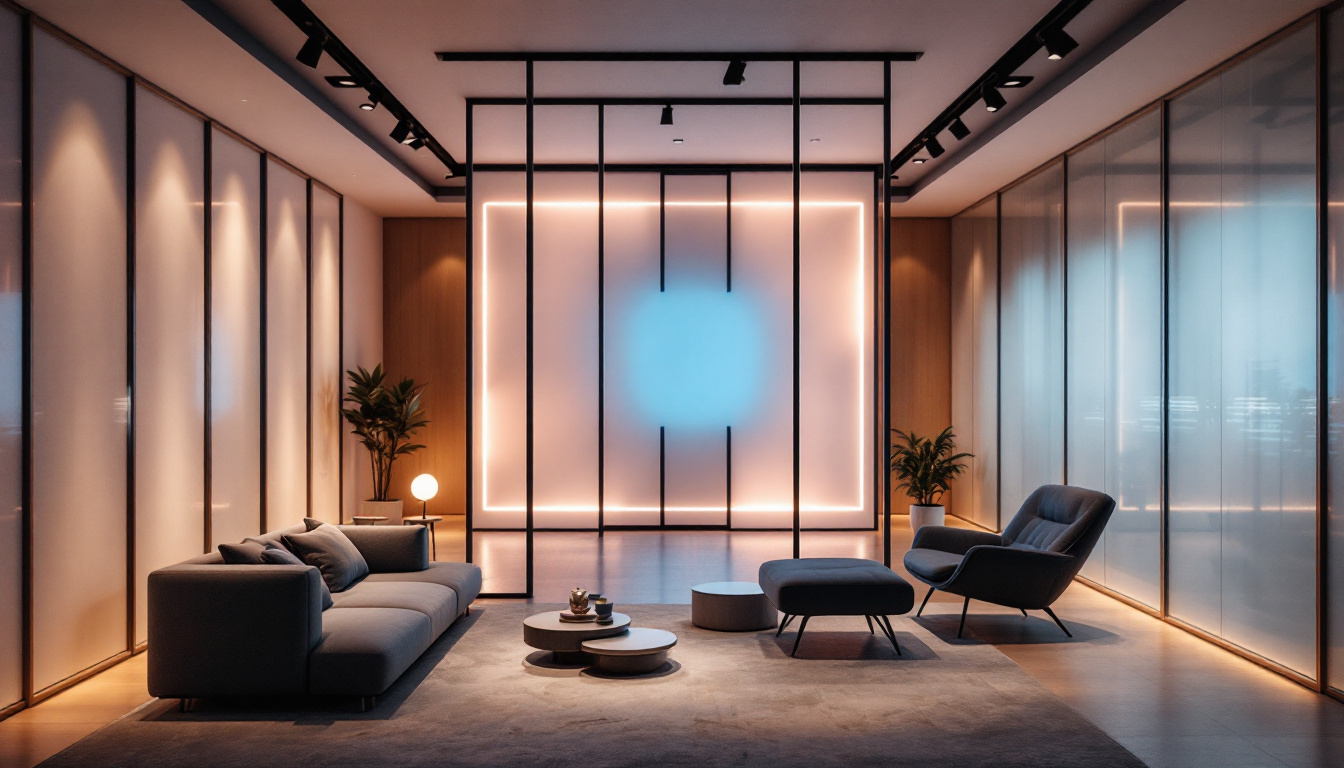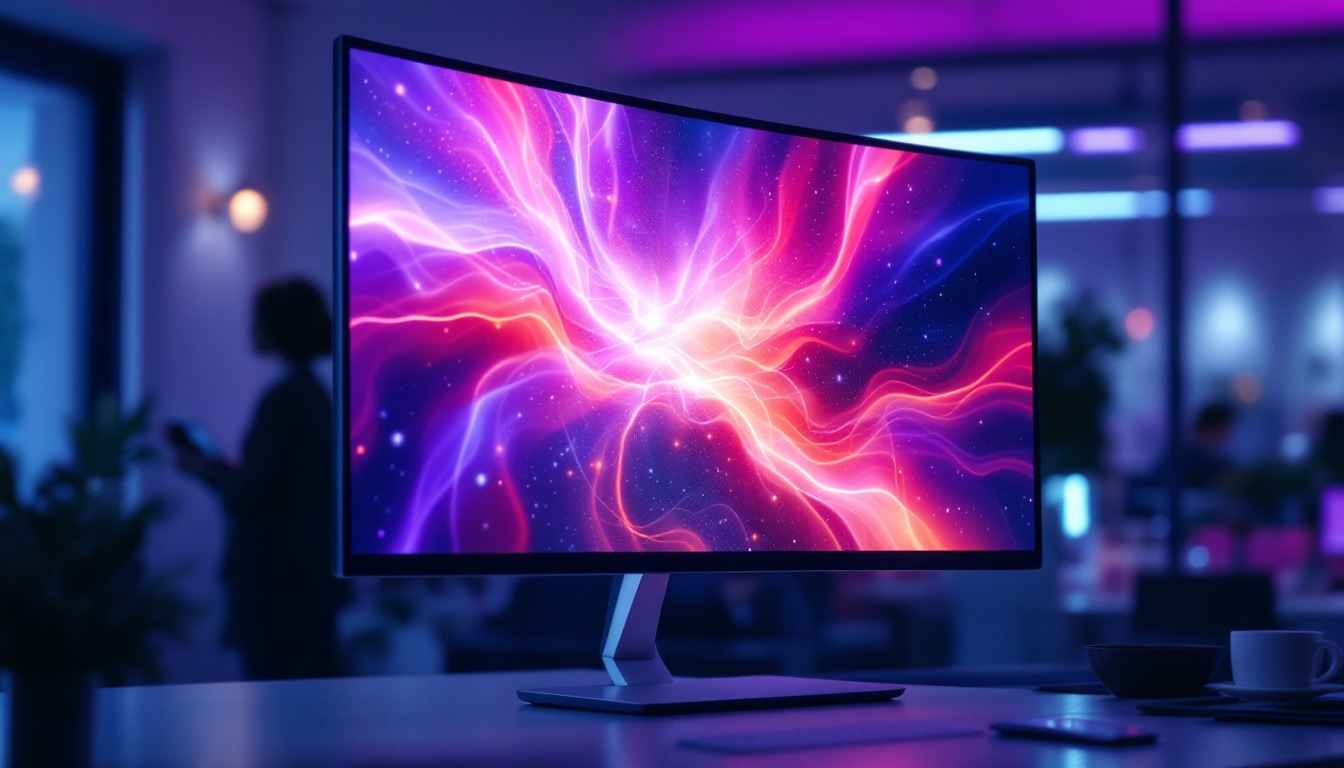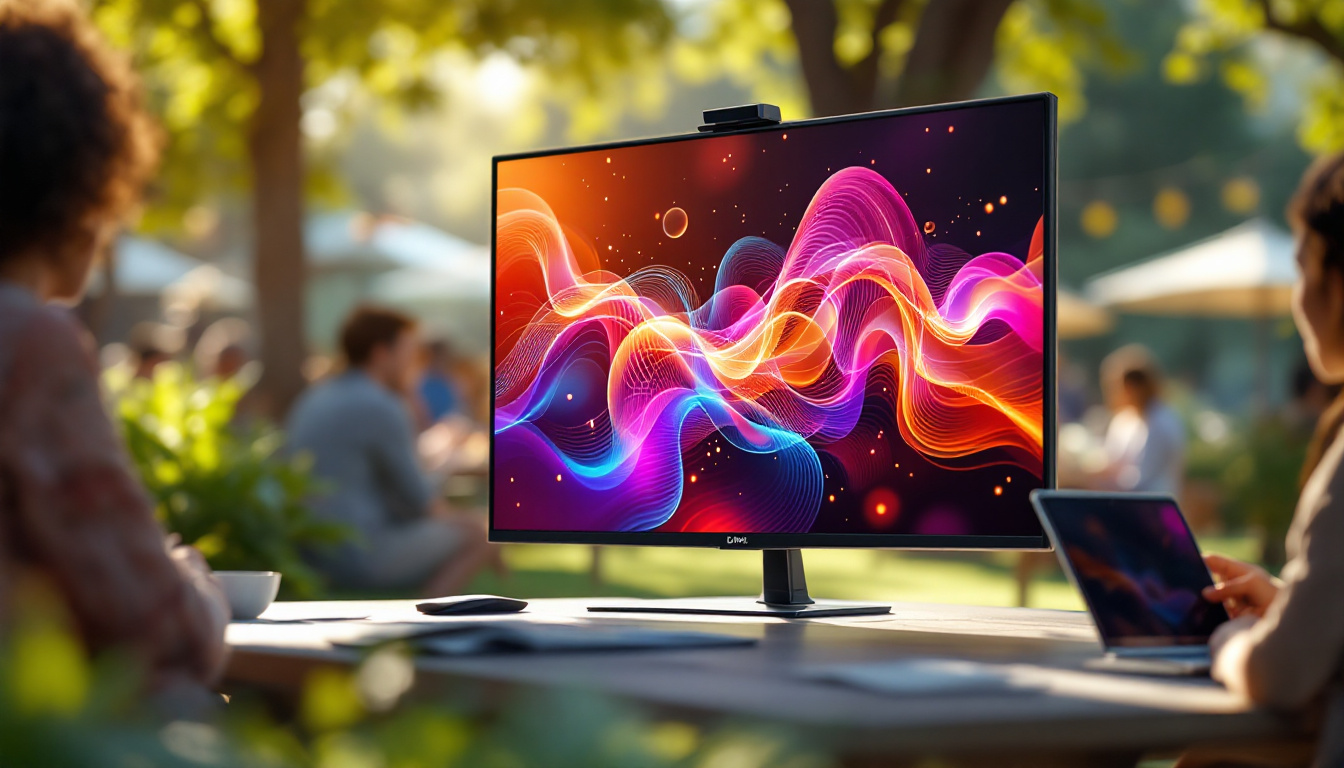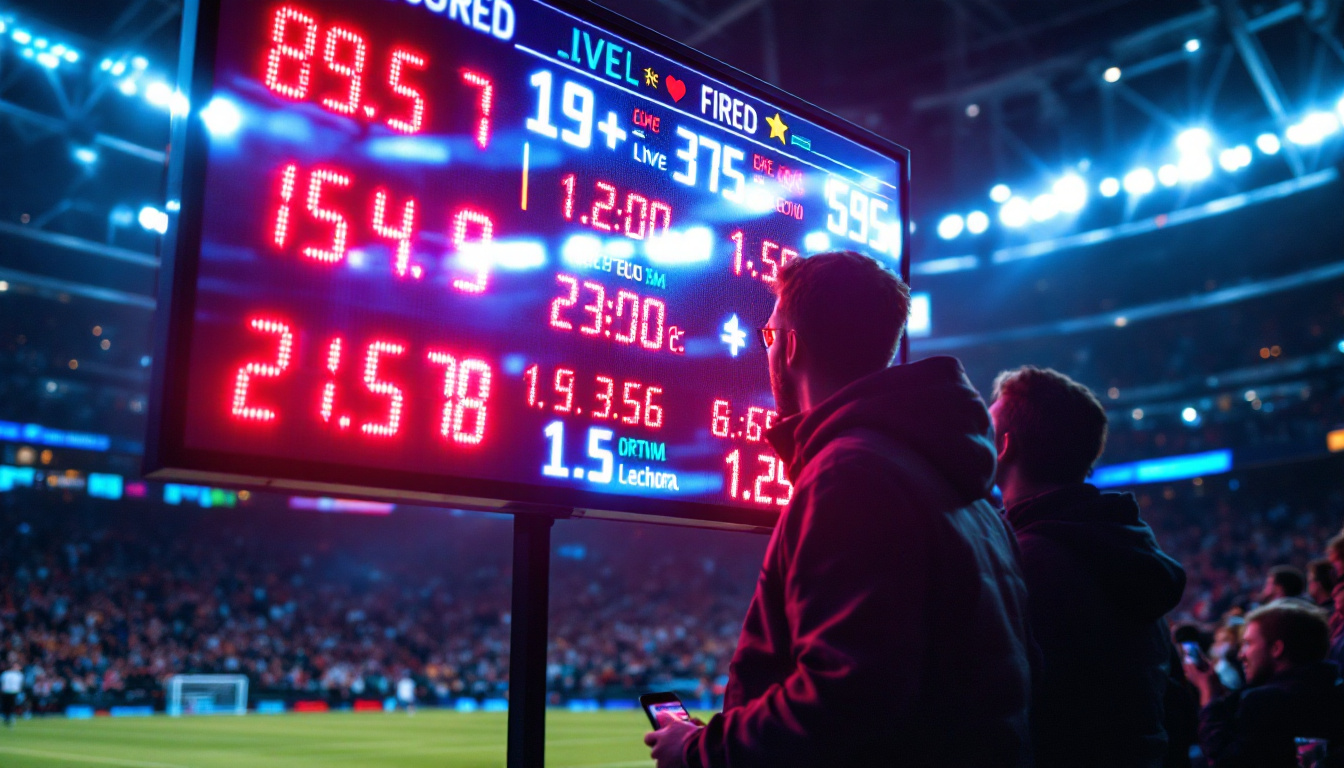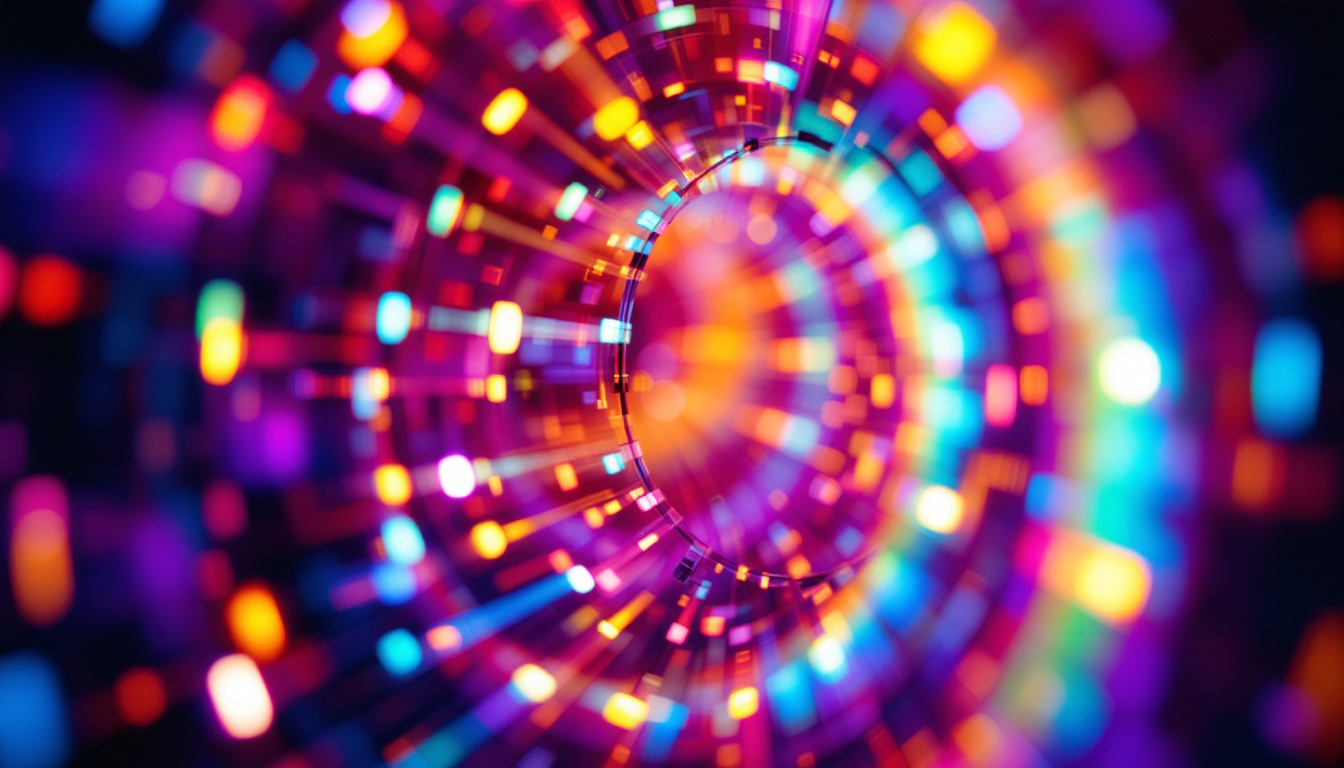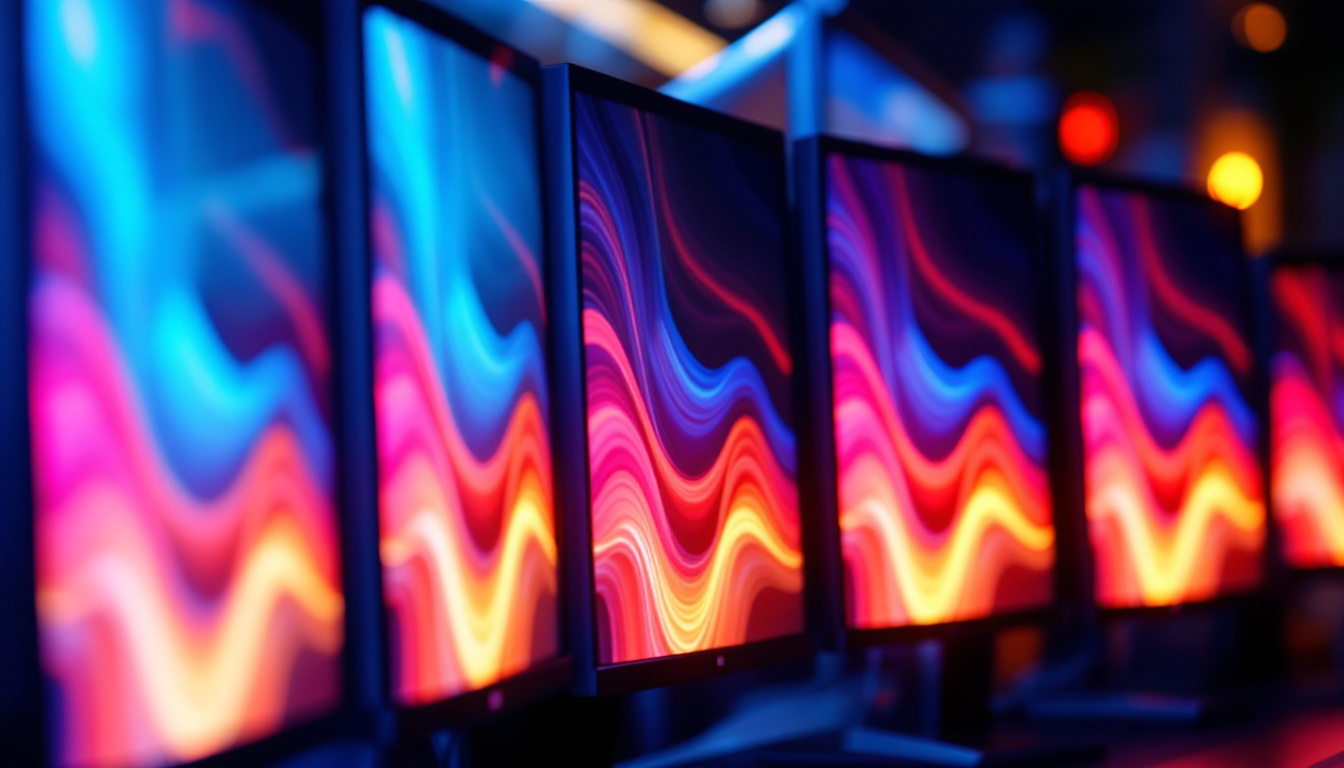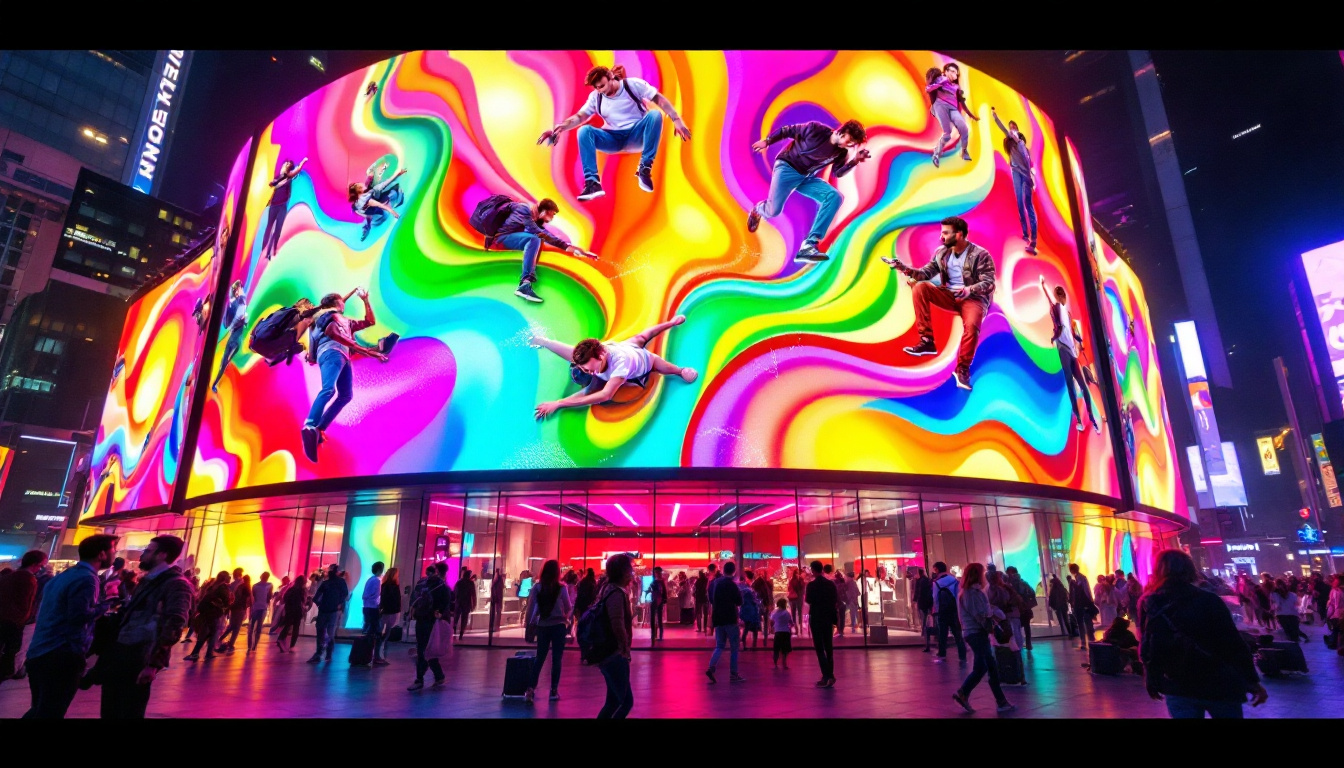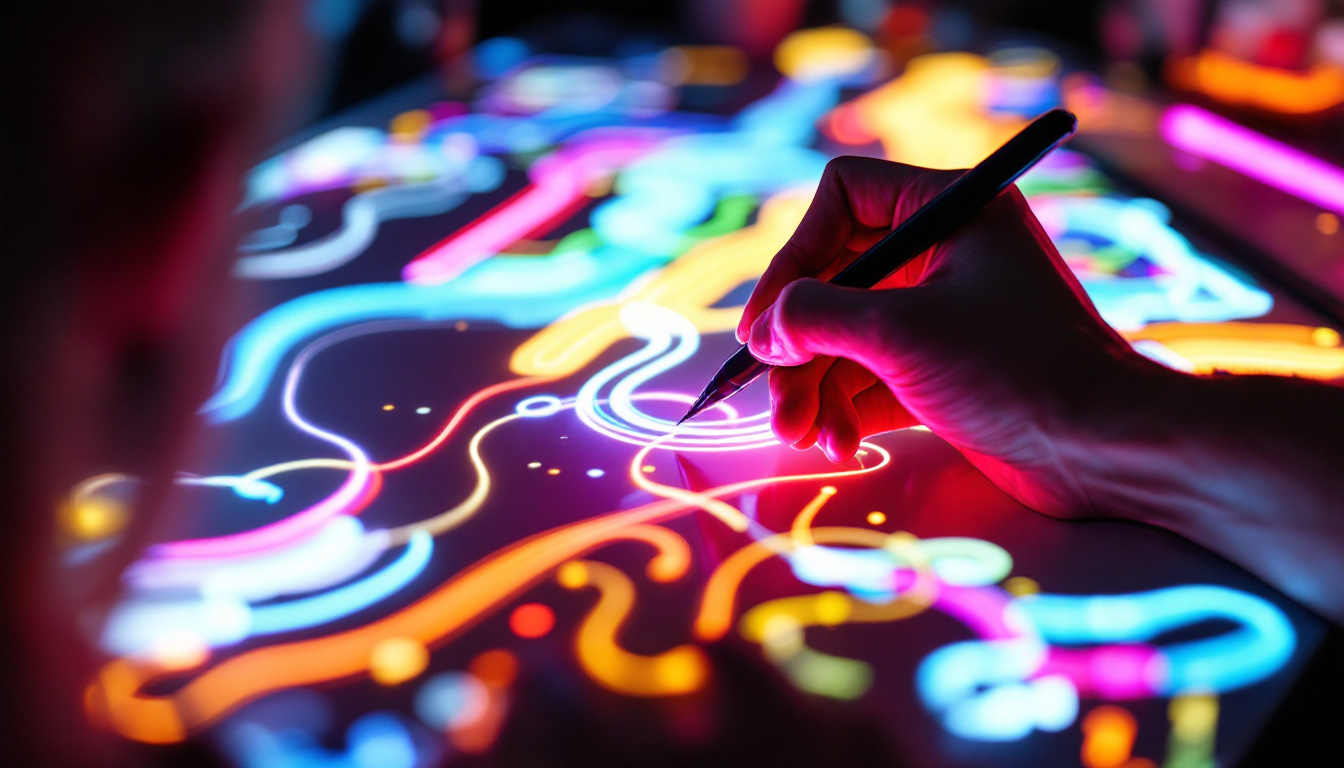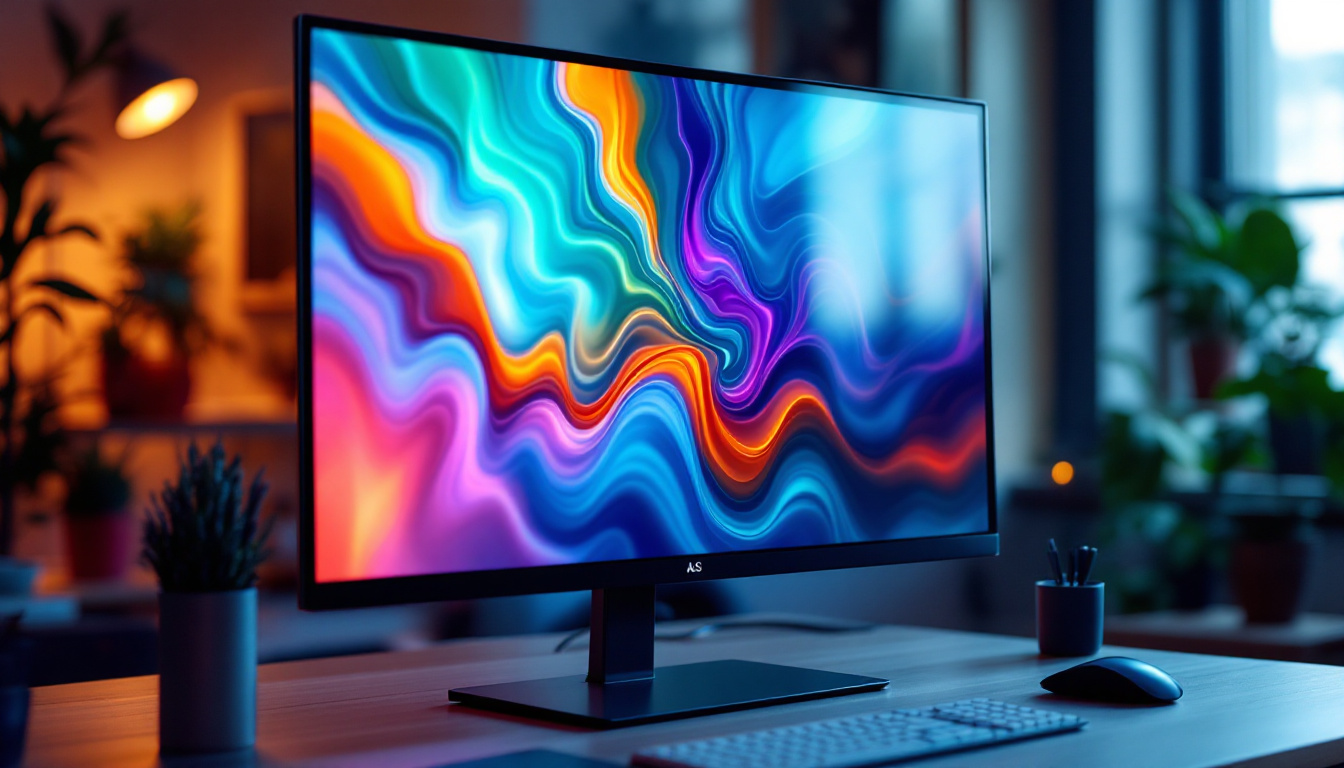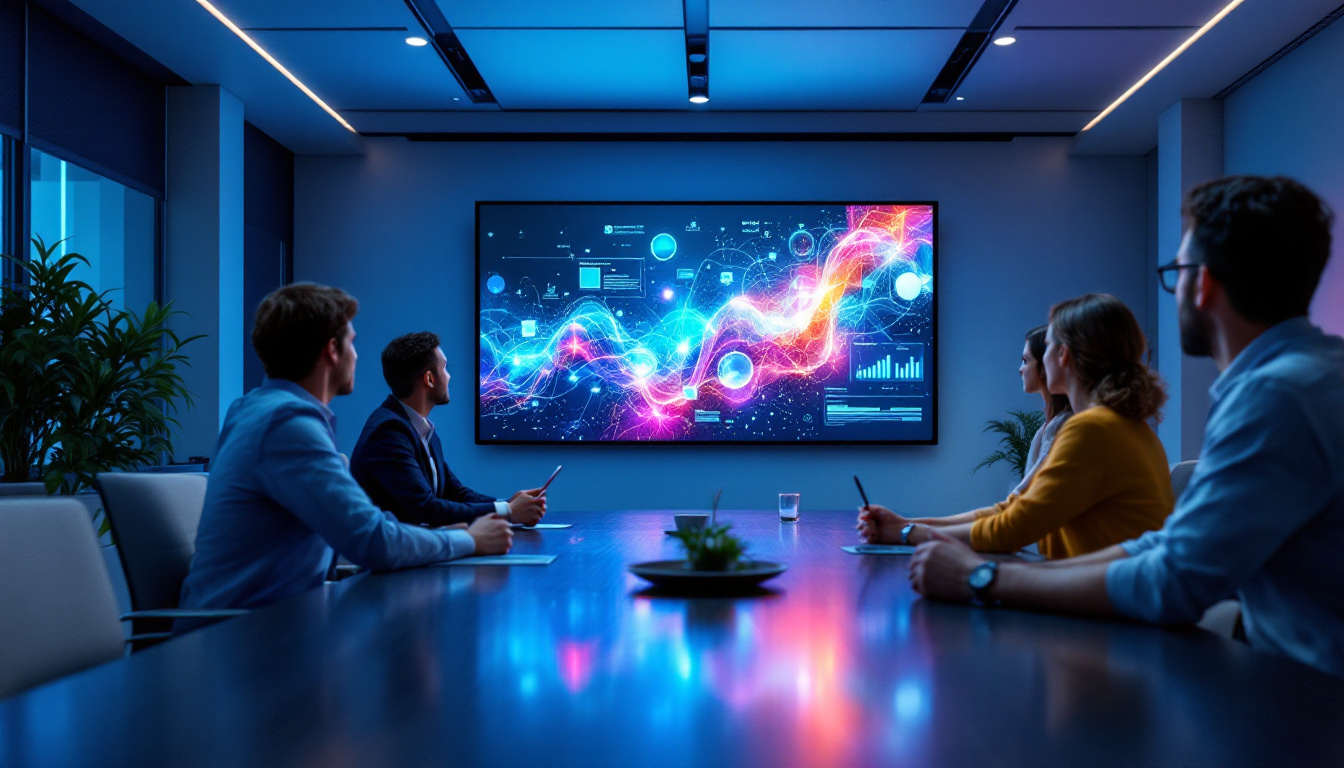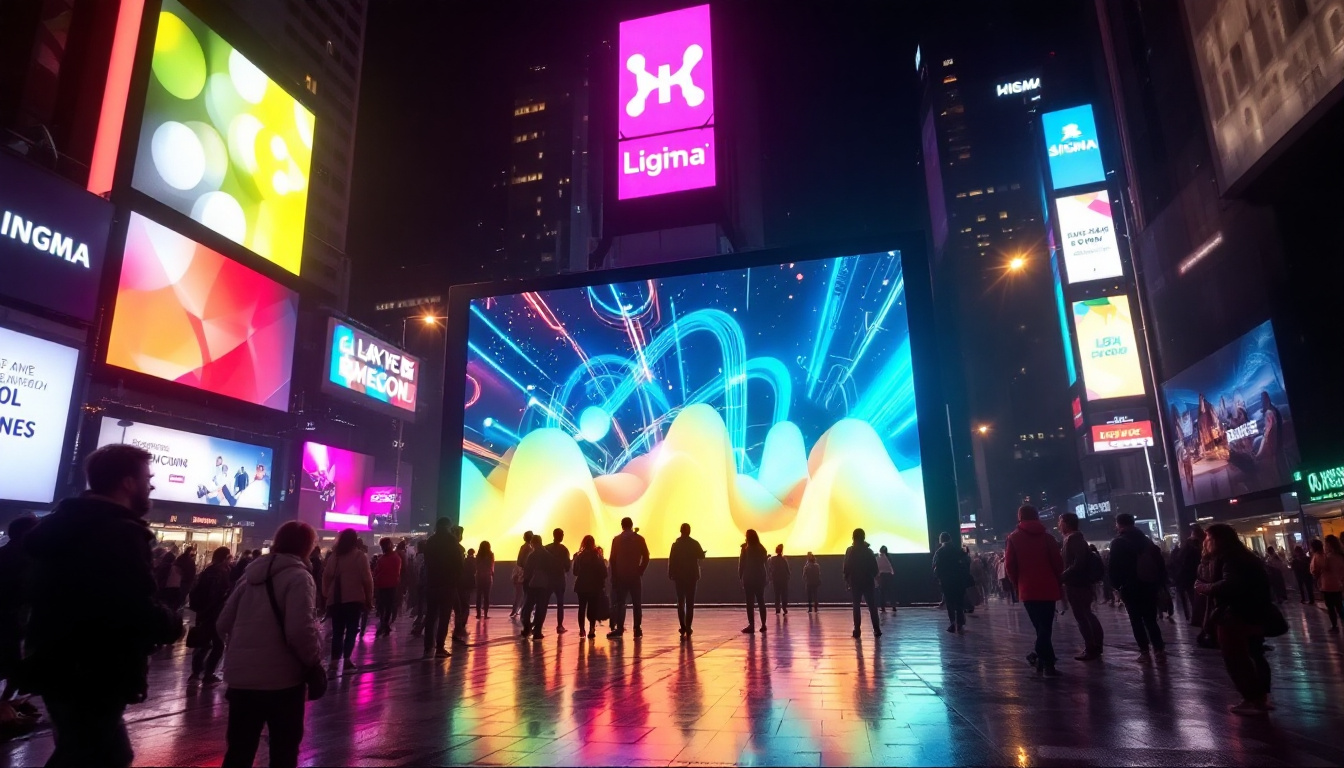In the realm of modern technology, the display is a crucial component that significantly impacts user experience. Among the various types of displays, LCD (Liquid Crystal Display) and LED (Light Emitting Diode) technologies have gained immense popularity. This article delves into the intricacies of LCDs, particularly focusing on the unique characteristics of the numbers 6 and 9 in LED displays, and how they are utilized in various applications.
Understanding LCD Technology
Liquid Crystal Display (LCD) technology has revolutionized the way images and text are presented on screens. Unlike traditional cathode ray tube (CRT) displays, LCDs are thinner, lighter, and more energy-efficient. They work by manipulating light through liquid crystals, which can be controlled to create images.
How LCDs Function
At the core of an LCD is a liquid crystal solution sandwiched between two layers of glass or plastic. When an electric current is applied, the liquid crystals align in such a way that they either block or allow light to pass through. This process creates the images seen on the display. The backlight, often made from LEDs, provides the necessary illumination, enhancing the visibility of the content displayed.
LCDs are widely used in televisions, computer monitors, smartphones, and various other devices due to their ability to produce sharp images with vibrant colors. The technology has evolved significantly, leading to the development of various types of LCDs, including TFT (Thin Film Transistor), IPS (In-Plane Switching), and VA (Vertical Alignment) displays, each catering to specific needs and preferences. For instance, IPS displays are renowned for their superior color accuracy and wider viewing angles, making them a favorite among graphic designers and photographers who require precise color representation.
Advantages of LCD Displays
One of the primary advantages of LCD technology is its energy efficiency. Compared to older display technologies, LCDs consume less power, making them an environmentally friendly option. Additionally, they offer a wide viewing angle and high resolution, which is essential for applications requiring detailed visuals.
Another significant benefit is their slim profile, allowing for sleek designs in modern devices. This has contributed to the popularity of LCDs in portable electronics, where space is often limited. Furthermore, LCDs are less prone to screen burn-in, a common issue with older display technologies, ensuring longevity and reliability. The durability of LCD screens is further enhanced by the use of protective coatings that resist scratches and reduce glare, making them suitable for various environments, from bright offices to outdoor settings. As technology continues to advance, we can expect even more improvements in LCD displays, including faster response times and enhanced color gamuts, which will further elevate the user experience across all types of devices.
The Role of LED in Displays
Light Emitting Diodes (LEDs) have become a fundamental component in modern display technology, particularly in enhancing the performance of LCDs. While LCDs provide the structure for displaying images, LEDs serve as the light source that brings those images to life.
LED Backlighting
In LCD displays, LEDs are typically used for backlighting. This means that the light emitted from the LEDs shines through the liquid crystals to illuminate the screen. There are two main types of LED backlighting: edge-lit and direct-lit. Edge-lit LEDs are positioned along the edges of the screen, while direct-lit LEDs are placed behind the entire panel, offering more uniform brightness and better contrast.
LED backlighting enhances the overall picture quality of LCDs by providing brighter whites and deeper blacks. This improvement in contrast ratio allows for more dynamic images, making it a preferred choice for high-definition televisions and monitors. Additionally, LED backlighting contributes to energy savings, as it can be adjusted to reduce power consumption based on the content being displayed. The ability to modulate brightness not only helps in reducing energy costs but also extends the lifespan of the display, making it a sustainable choice for consumers and manufacturers alike.
Full-Array vs. Local Dimming
Full-array LED backlighting involves a grid of LEDs placed behind the entire screen, allowing for localized dimming. This means that specific areas of the screen can be dimmed or brightened independently, resulting in improved contrast and color accuracy. Local dimming enhances the viewing experience, especially in dark scenes, where details can be lost in traditional backlit displays. This technology is particularly beneficial for cinematic experiences, where the depth of black levels can significantly affect the emotional impact of a scene.
In contrast, edge-lit displays, while thinner and lighter, may not achieve the same level of contrast and brightness uniformity. However, they are often more cost-effective and easier to manufacture, making them a popular choice for budget-friendly devices. The trade-off between design and performance has led to innovations in edge-lit technology, such as the use of advanced diffusion films that help to spread light more evenly across the screen. This ongoing evolution in LED technology continues to push the boundaries of what is possible in display quality, ensuring that consumers have access to a range of options that meet their needs and preferences.
The Significance of 6 and 9 in LED Displays
When discussing LED displays, the numbers 6 and 9 hold particular significance. These digits are often used in various applications, from digital clocks to scoreboard displays, and understanding their representation is essential for clarity and functionality.
Design and Aesthetics
The design of the numbers 6 and 9 in LED displays can vary significantly based on the font and style used. In many digital displays, these numbers are designed to be easily distinguishable. The circular shape of the number 6 and the mirrored form of the number 9 can sometimes lead to confusion, especially in low-resolution displays or when viewed from an angle.
To mitigate this issue, many manufacturers employ specific design strategies. For instance, incorporating a slight tilt or a distinctive cut in the design can help differentiate the two numbers. This attention to detail is crucial in applications where accuracy is paramount, such as in digital clocks, where a misreading could lead to significant misunderstandings.
Applications of 6 and 9 in Digital Displays
Both numbers are prevalent in various digital applications. In digital clocks, for example, the presence of 6 and 9 can indicate different times of the day, and clarity is essential for user convenience. Similarly, in scoreboard displays, these numbers are often used to represent scores or player statistics, making their accurate representation vital for spectators and participants alike.
Moreover, in the context of advertising and signage, the design and visibility of these numbers can influence consumer behavior. A well-designed LED display that clearly presents numbers can attract attention and enhance communication effectiveness.
Challenges in Display Technology
Despite the advancements in LCD and LED technologies, several challenges persist. These challenges can affect the performance and usability of displays, particularly in specific environments or applications.
Viewing Angles and Color Accuracy
One of the primary challenges with LCD displays is the limited viewing angle. While IPS technology has improved this aspect, many standard LCDs still struggle to maintain color accuracy and brightness when viewed from extreme angles. This limitation can be particularly problematic in settings where multiple viewers are present, such as in conference rooms or public displays.
Color accuracy is another concern, especially for professionals in fields like graphic design and photography. Displays that do not accurately reproduce colors can lead to misinterpretations and errors in work. Manufacturers are continually working to enhance color reproduction through improved panel technologies and calibration techniques.
Screen Burn-In and Lifespan
While LCDs are less prone to screen burn-in compared to older technologies, they are not entirely immune. Prolonged exposure to static images can lead to ghosting effects, where remnants of previous images remain visible on the screen. This issue is particularly relevant in applications such as digital signage, where static content is often displayed for extended periods.
The lifespan of LED components is also a consideration. Although LEDs are known for their longevity, factors such as heat and usage patterns can affect their performance over time. Ensuring proper heat management and using quality components can help extend the lifespan of LED displays.
The Future of Display Technology
As technology continues to evolve, the future of display technology looks promising. Innovations in materials, design, and manufacturing processes are paving the way for more advanced and versatile displays. One of the most exciting developments is the emergence of OLED (Organic Light Emitting Diode) technology, which offers superior contrast ratios and color accuracy compared to traditional LCDs.
Emerging Trends
In addition to OLED, microLED technology is gaining traction. MicroLED displays consist of tiny individual LEDs that can produce their own light, eliminating the need for backlighting and offering greater flexibility in design. This technology promises to deliver even better performance in terms of brightness, contrast, and energy efficiency.
Furthermore, advancements in flexible displays are opening new possibilities for applications in wearable technology and innovative product designs. The ability to bend and shape displays could lead to entirely new user experiences, transforming how information is presented and interacted with.
Conclusion
The evolution of LCD and LED display technologies has significantly impacted various industries and everyday life. Understanding the nuances of these technologies, particularly the unique characteristics of numbers like 6 and 9, is essential for effective communication and usability. As the industry continues to innovate, the future of displays promises to be even more exciting, with advancements that will enhance visual experiences and redefine how information is shared.
In conclusion, the interplay between LCD and LED technologies, coupled with a keen understanding of design and application, will continue to shape the landscape of display technology for years to come. Keeping an eye on emerging trends and innovations will be crucial for anyone involved in the field, ensuring they remain at the forefront of this dynamic industry.
Discover LumenMatrix’s Advanced LED Solutions
Ready to elevate your visual experience with the latest in display technology? LumenMatrix offers a comprehensive range of LED display modules designed to bring your brand to life. From Indoor and Outdoor LED Wall Displays to innovative solutions like Vehicle LED Displays, LED Posters, and even Custom LED Displays, we have everything you need to create immersive and engaging visual communications. Embrace the future of display technology with LumenMatrix and make a lasting impression. Check out LumenMatrix LED Display Solutions today and see the difference for yourself!








